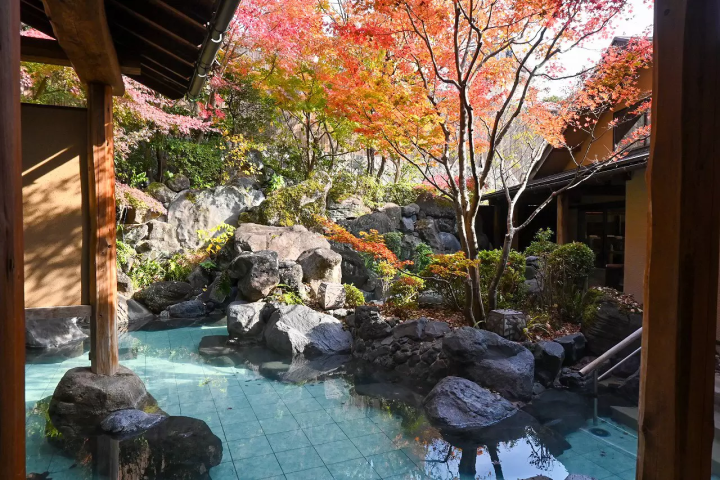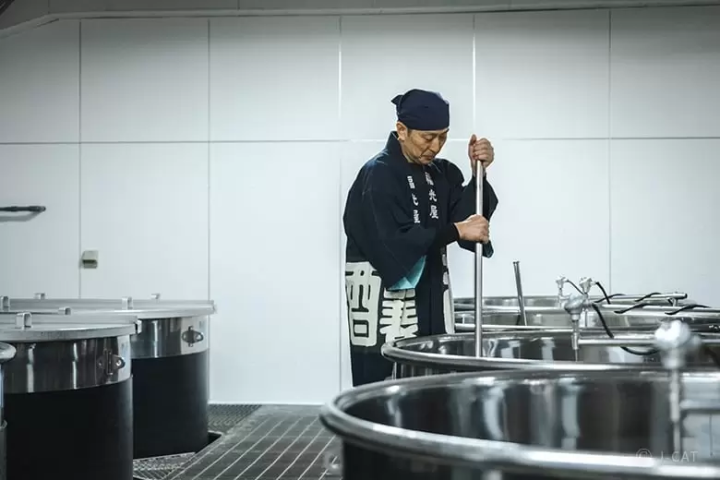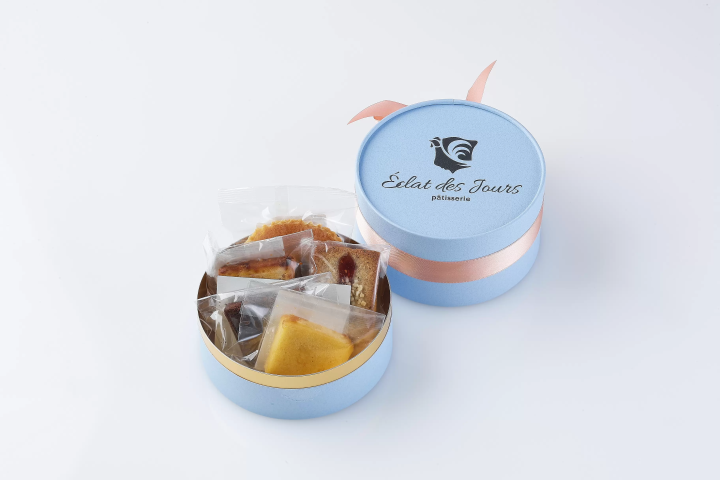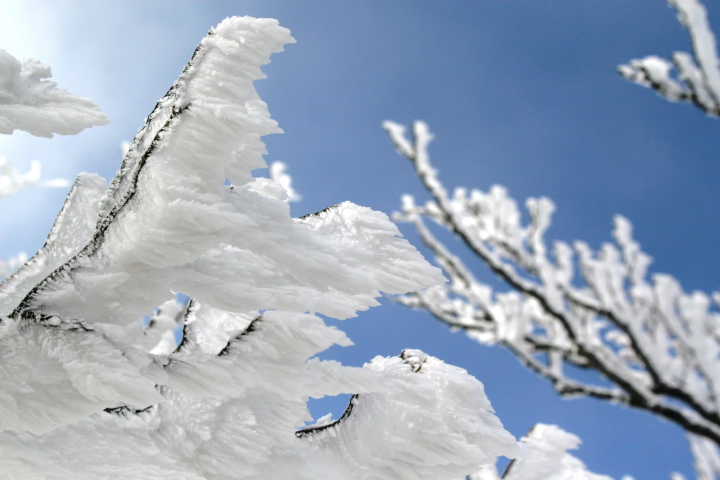Fiber-Rich and Flavorful! Matsusaka’s Aosa nori(sea lettuce): A Versatile, Nutrient-Rich Ingredient

Matsusaka City in Mie Prefecture is home to renowned specialties like Matsusaka Wagyu, Matsusaka Pork, and Matsusaka Tea. But few know that Mie also leads the nation in Aosa (sea lettuce) production, with Matsusaka City as its second-largest producer within the prefecture. This article explores the characteristics, history, and delicious ways to enjoy Matsusaka aosa.
Explore the Culinary Riches of Matsusaka, Mie!
Located in central Mie Prefecture, Matsusaka City is filled with historical sites and lush landscapes. In this ongoing series spotlighting Matsusaka’s culinary treasures, we now focus on aosa—one of Matsusaka’s standout products. Along the Ise Bay, Matsusaka thrives in aosa cultivation, a tradition that runs deep here. This article will introduce the history, features, and recommended ways to savor Matsusaka’s locally grown aosa.
Mie Prefecture is Japan's Leading Producer of Aosa nori

Matsusaka’s aosa, is called sea lettuce, is a type of seaweed from the genus "Monostroma". Its delicate texture and smooth, slightly slippery feel set it apart from green laver, although they look similar at a glance. The calm, nutrient-rich waters around Ise Bay and Ago Bay create the ideal growing conditions for sea lettuce, thriving in these sheltered coastal zones. Nearby rivers, like the Miyagawa (known for Japan’s purest water) and Kiso, add rich nutrients to the waters, while the warm Kuroshio Current from the Pacific infuses the bay. These perfect growing conditions give Matsusaka sea lettuce a deep color and a bold, vibrant taste and aroma.
Cultivation and Production Process of Aosa nori

From spring to summer, Aosa nori grows from tiny spores attached to rocks and shells in the sea. Then, as they attach to their peers, they become what are called "zoospores". Humans get involved in the process in earnest in early autumn, when "nori nets" are laid out on the sea surface in layers. The zoospores swim towards the light and attach to the net at the right height to become "seed nets". The seed nets are then moved to calm bays and spread over the entire area, where the buds begin to grow. The buds grow rapidly from late autumn to winter, and in January, nets called "blue carpets" can be seen along the coast of Ise-Shima. Harvesting takes place from January to April. The picked Aosa nori is washed, dehydrated, dried and packed. This is how Aosa nori is delivered all over the country.
Rich in nutrients! The effects and benefits of Aosa nori

Approximately 40% of the ingredients in green laver are dietary fiber. In addition to regulating bowel movements, dietary fiber also helps to suppress the rise in blood sugar levels after meals and lowers blood cholesterol levels. Green laver also contains about eight times as much calcium as milk, as well as being rich in vitamin A, which protects the eyes and mucous membranes of the skin, and vitamin C, which increases resistance to stress and illness. It also contains a lot of vitamin B12, which helps produce red blood cells, and folic acid, which is essential for fetal development. (*1,2,3,4,5,6,7,8)
Endless variations! Recommended ways to use aosa

The most traditional way to eat aonori is to add it to miso soup! Just add the quickly soaked aonori and bring to a boil. It can be used not only in miso soup, but also in a variety of Japanese, Chinese and Western style soups. It can also be used in vinegared dishes, added to salads, cooked with rice or in tempura - the possibilities for variation are endless! You can also enjoy its rich flavor by simply adding it to pasta or other noodles and tossing it in. It goes well with any ingredient or dish, so please give it a try.
Matsusaka-grown aosa is a local specialty with a strong flavor and aroma!
The appeal of Matsusaka aosa is its deep color and powerful taste and aroma. It is versatile and can be used in a variety of dishes, from soups to side dishes and main dishes. It is a very useful ingredient to have at home, so please give it a try.
[For more information about Matsusaka City, click here]
Matsusaka City, Mie Prefecture is located almost in the center of Japan, where you can enjoy world-class gourmet Matsusaka beef, rich history and culture, and beautiful nature. During the Edo period, Matsusaka was the final post town for pilgrimages to Ise-mairi (a pilgrimage to Japan's highest-ranking shrine). These merchants succeeded in trading Matsusaka cotton in Edo and brought prosperity to Matsusaka.
The contents on this page may partially contain automatic translation.

































![[Latest] Complete Guide to atmos Exclusive Sneakers and Special Edition Models | Apparel and Upcoming Releases](https://resources.matcha-jp.com/resize/720x2000/2025/12/12-252706.webp)